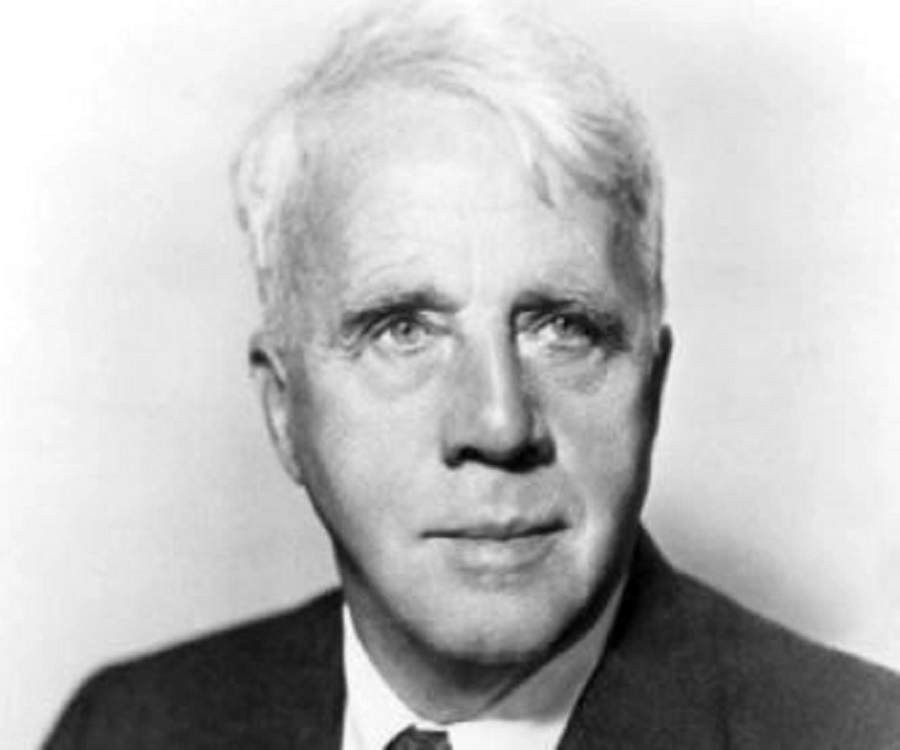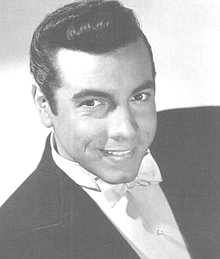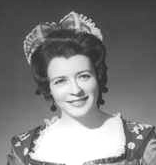REVIEW POTPOURRI – Composer: Maurice Ravel
 by Peter Cates
by Peter Cates
Ravel
Bolero, Pavane for a Dead Princess, and La Valse
William Steinberg conducting the Pittsburg Symphony; Capitol SP 8475, stereo lp, recorded October 29, 1958, at Pittsburgh’s Syrian Mosque.
One of the most gifted conductors to have emerged in the last century, William Steinberg (1899-1978), led the Pittsburgh Symphony from 1952 to 1976 , until he resigned because of heart problems. During his lifetime, he was music director of the Buffalo Philharmonic before Pittsburgh and the Boston Symphony from 1969-72, while juggling his time with Pittsburgh. And he had guest engagements with most of the distinguished orchestras and opera houses as well. His Wiki biography provides a number of interesting details about the Maestro’s career.
He recorded a sizable amount of repertoire for Capitol records from the beginning of his tenure in Pittsburgh until he left that label in 1960. Among his recordings is the above program of French composer, Maurice Ravel, 1874-1937, consisting of three works – Bolero, Pavane for a Dead Princess and La Valse.
Bolero was composed for the ballet dancer Ida Rubinstein, after she commissioned Ravel when he returned from a successful tour of the United States during the mid-to-late ‘20s. Its debut on November 22, 1928, elicited nasty comments from certain ‘thinkers,’ but also became an overnight sensation and has remained a much-recorded classic. It is still dismissed as bombastic trash by a number of listeners but, for myself and others, a perennially captivating work for its fascinating build-up of dynamics from the barely audible pianissimi of the snare drum, plucking strings and flute to the rip-roaring conclusion at the same unvarying tempo. Steinberg pulled off these challenges with exactitude and achieved exquisite phrasing of the melodic line from the strings and woodwinds. Other very good recordings include those of conductors Anton Nanut and Paul Paray.
Pavane for a Dead Princess was first written as a piano piece in 1899 and scored for orchestra in 1910. When somebody asked Ravel why he picked the title, he replied that, ‘he liked the sound of the words and put them there.’ He also insisted on very slow tempos yet, when hearing a plodding rendition, admonished the performer that ‘it was not a dead pavane for a princess.’ Steinberg, as did other conductors like Charles Munch, Fritz Reiner, Andre Cluytens etc., observed these slow tempos with very sublime results, particularly the writing of the harp and woodwinds.
La Valse’s world premiere in December, 1920, drew the comment by one individual as ‘people dancing on a volcano.’ Ravel blended the rhythms of Johann Strauss Jr.’s Viennese Waltzes and, no relation, Richard Strauss’s opera, Der Rosenkavalier, into a piece of virtuosity uniquely his own and Steinberg’s recording is very exciting.
A CD set of most of Steinberg’s Capitol recordings was released in 2011 and copies may be still available through Internet sources.
William Steinberg was much loved by his colleagues and had quite the sense of humor. He granted interviews if the subject was one of interest, “for instance, myself.”


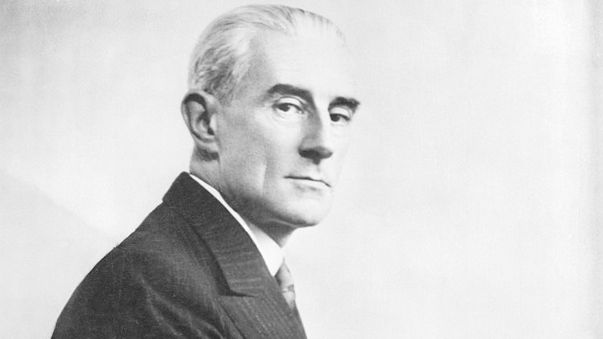
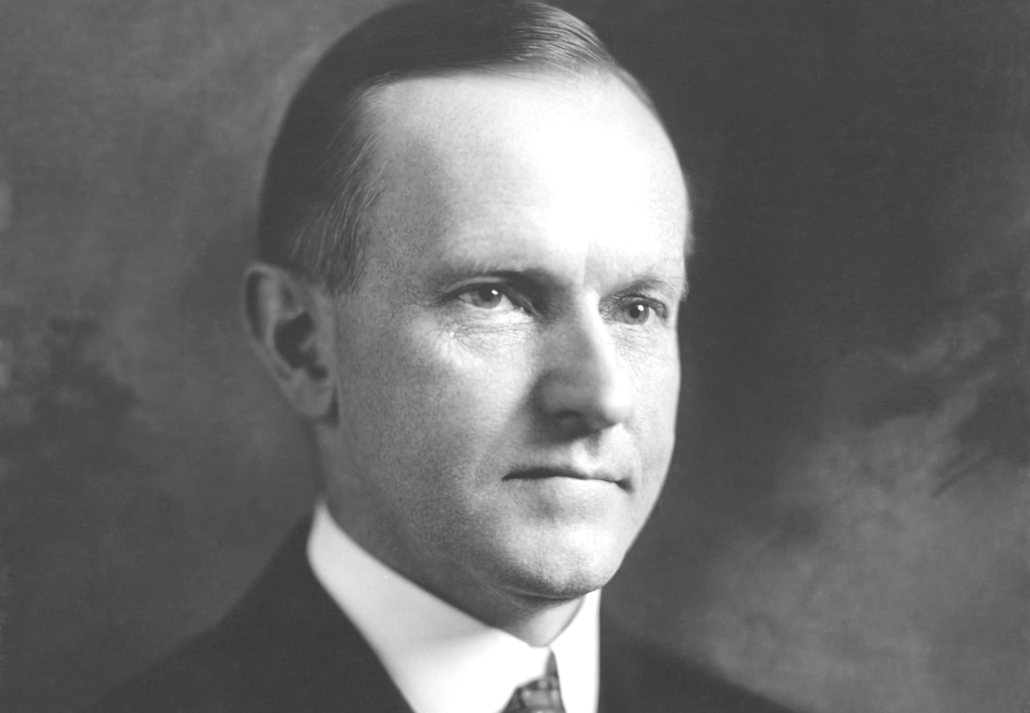
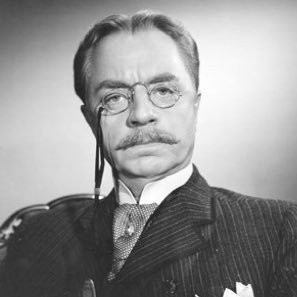
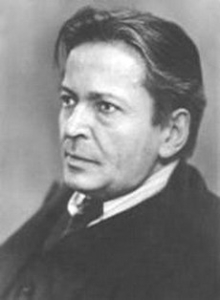
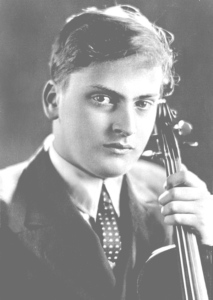
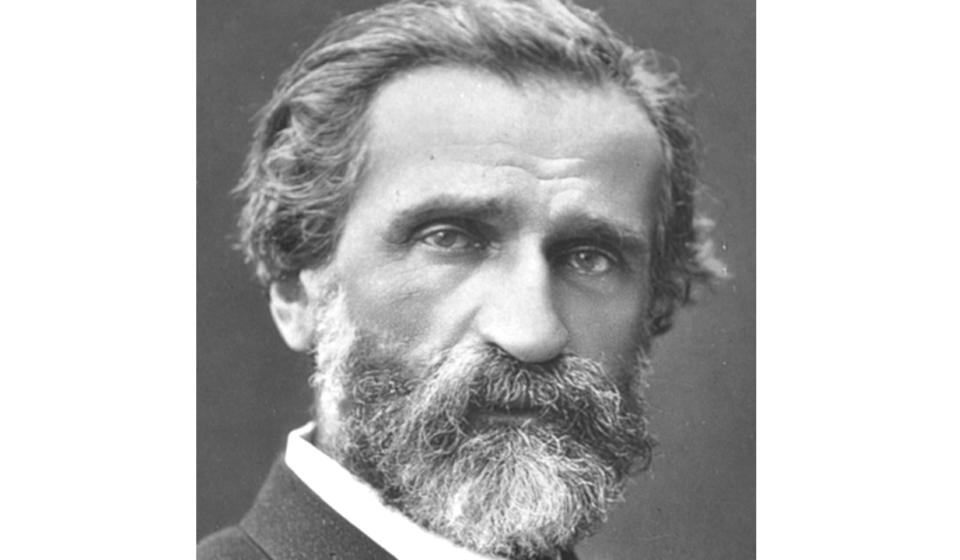
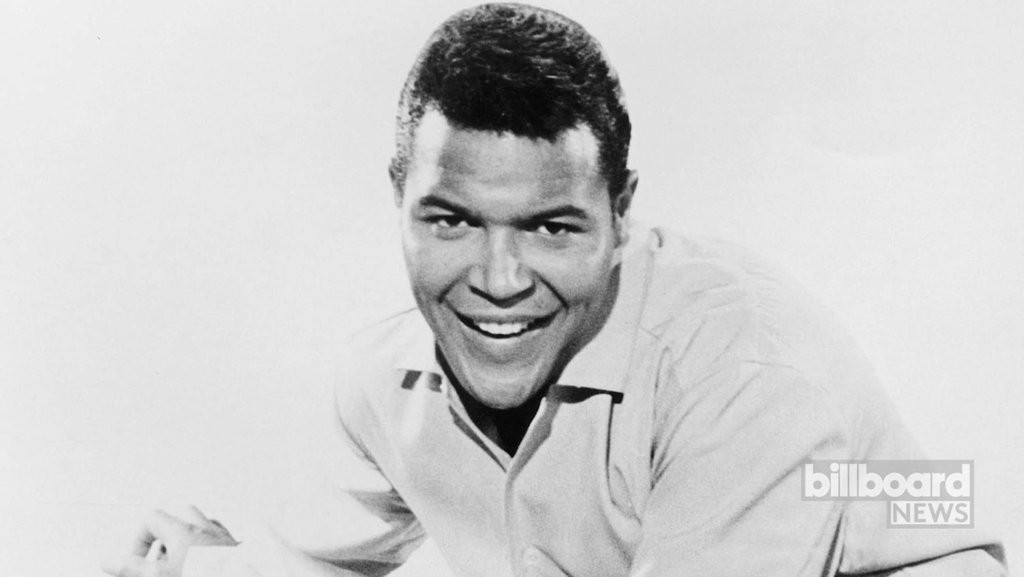
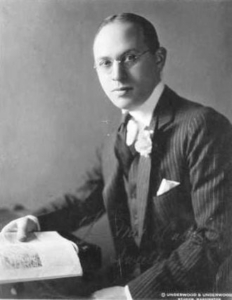
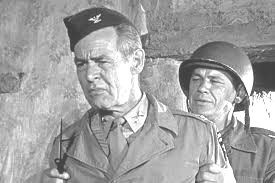
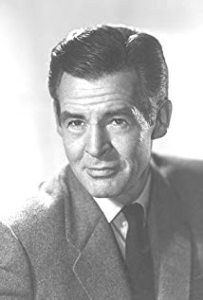
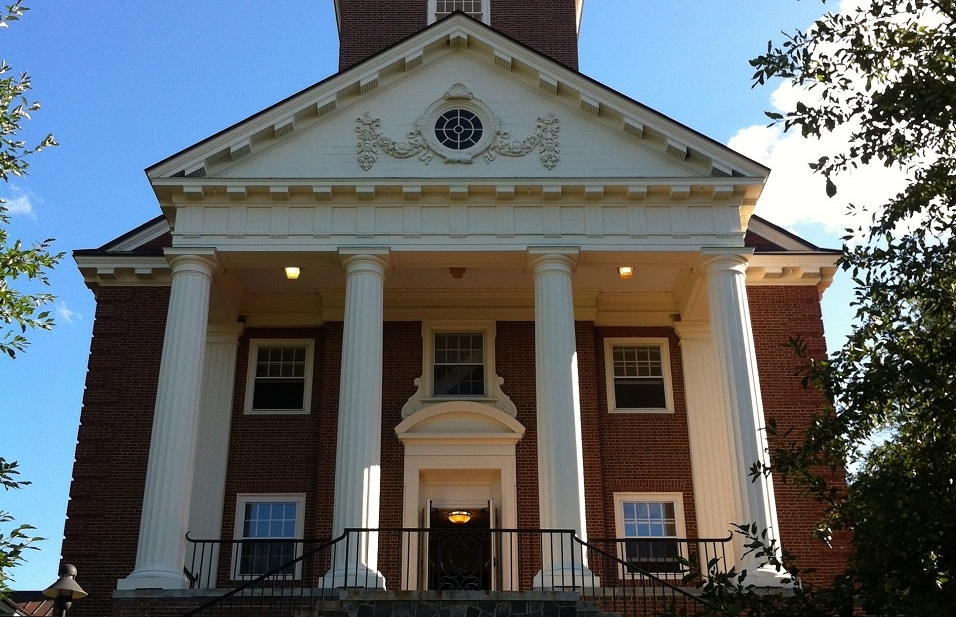
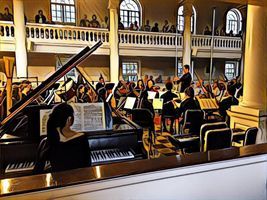 Because of my abysmal laziness and stupidity, even though I knew about the AMF, I had not attended any of its previous concerts until the season’s final two this past Friday and Saturday at the College’s Lorimer Chapel. I now stand duly admonished because of what I had been missing the last 11 years.
Because of my abysmal laziness and stupidity, even though I knew about the AMF, I had not attended any of its previous concerts until the season’s final two this past Friday and Saturday at the College’s Lorimer Chapel. I now stand duly admonished because of what I had been missing the last 11 years.